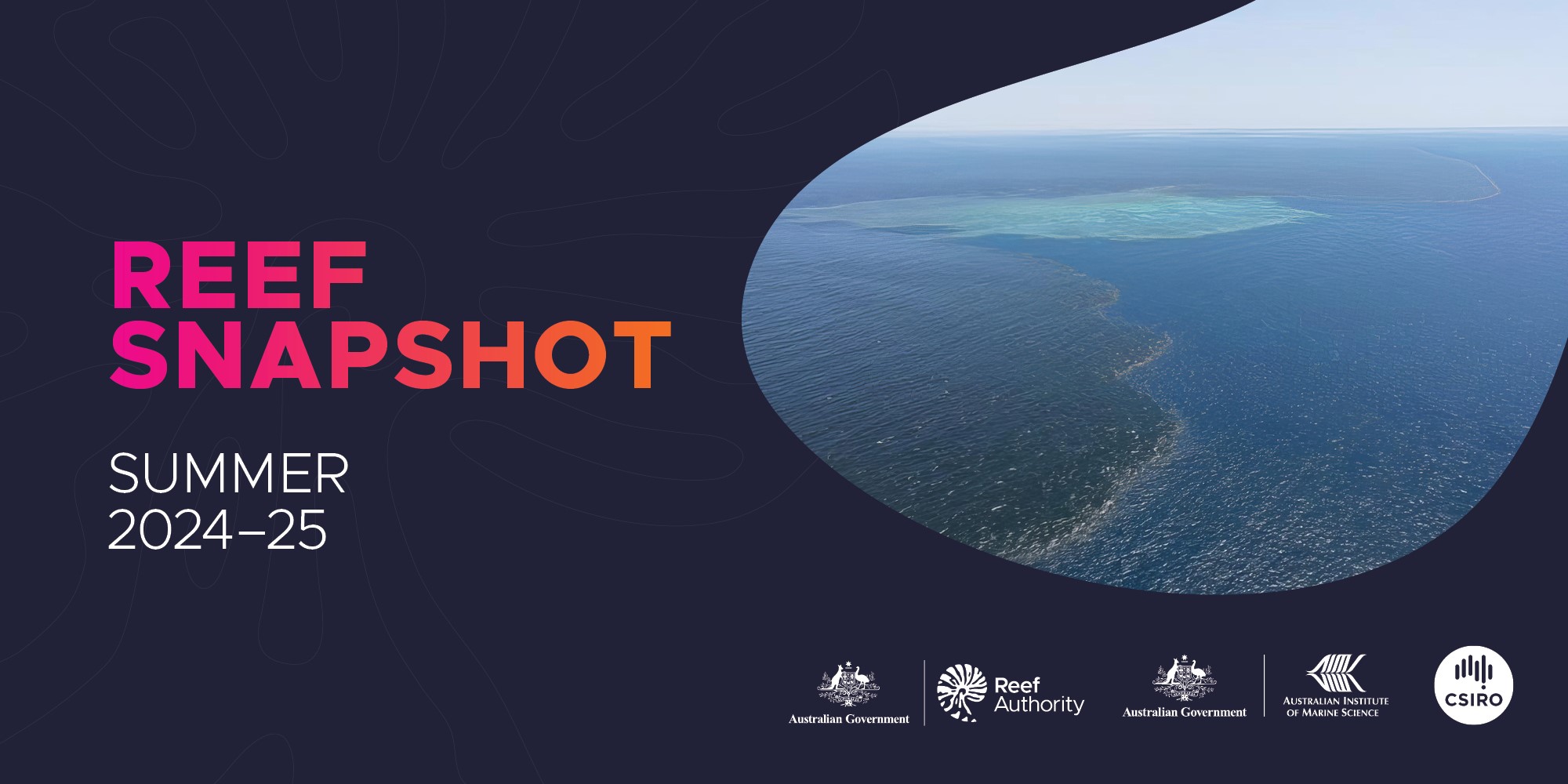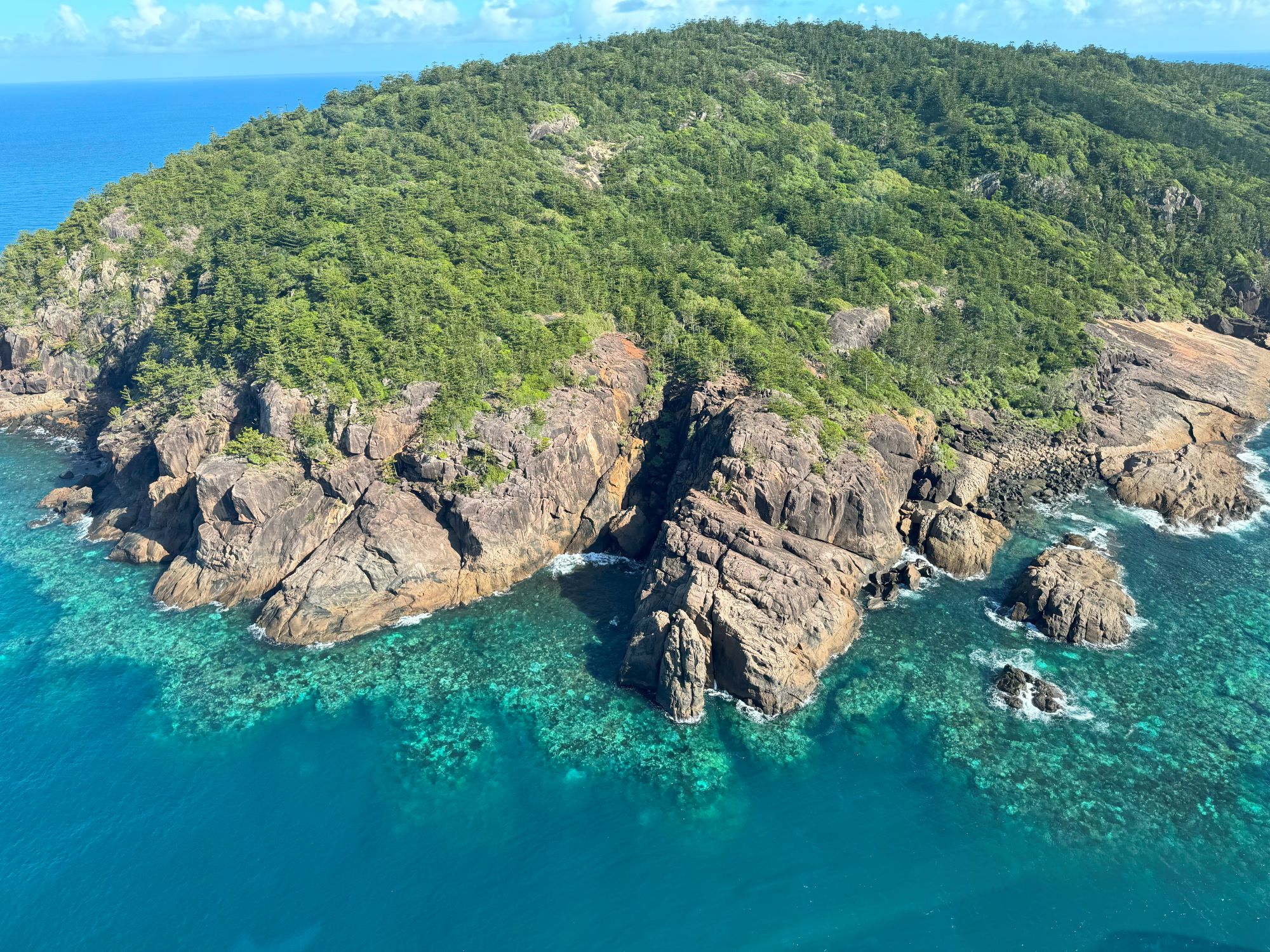The Reef snapshot: summer 2024−25 provides a summary of conditions on the Great Barrier Reef throughout summer, and how these conditions impact coral and Reef health and the actions being taken to help coral health.
The snapshot is a joint initiative of the Australian Government’s lead management and science agencies for the Great Barrier Reef, the Great Barrier Reef Marine Park Authority, the Australian Institute of Marine Science and CSIRO.
The snapshot is based on the latest available science and information at the time of writing.
It sets the scene for more comprehensive reports later in the year, such as the mid-year Long-term Monitoring Program reports by the Australian Institute of Marine Science and Marine Monitoring Program reports by the Great Barrier Reef Marine Park Authority.
The snapshot provides a point-in-time summary of Reef health monitoring conducted each year.
Click here to download the Reef snapshot: summer 2024–25.
- Key findings:
- During the 2024–25 summer, the Reef has been exposed to above average water temperatures, flood plumes and crown-of-thorns starfish outbreaks.
- Prolonged exposure to higher-than-average water temperatures (marine heatwaves) this summer has caused widespread coral bleaching in the Far Northern and Northern regions of the Reef.
- A tropical low in February saw record rainfalls lead to flooding in the Northern and Central regions, causing some freshwater coral bleaching and coral mortality on some inshore reefs.
- In the worst affected areas, mortality has been recorded on shallow-water corals at several inshore reefs, particularly in the Palm and Family islands groups.
- Aerial surveys were focused on the Far Northern and Northern regions of the Marine Park, which had the greatest exposure to thermal stress and flood plumes.
- In water surveys complement aerial surveys by providing data on fine-scale impacts. Preliminary in-water surveys indicate low levels of coral bleaching on surveyed reefs in the Central and Southern regions.
- Results of aerial and in-water surveys completed to-date suggest the Reef has experienced a widespread coral bleaching event. This event is the sixth since 2016. While less extensive than the bleaching event in 2023–24, affecting two of the Reef’s four management areas, it is the second time the Reef has experienced consecutive events.
In-water surveys and observations will continue during the year across various partners through the Marine Monitoring Program, Australian Institute of Marine Science Long-Term Monitoring Program, Reef Joint Field Management Program, Crown-of-thorns Starfish Control Program, tourism operators, researchers and Traditional Owners.



